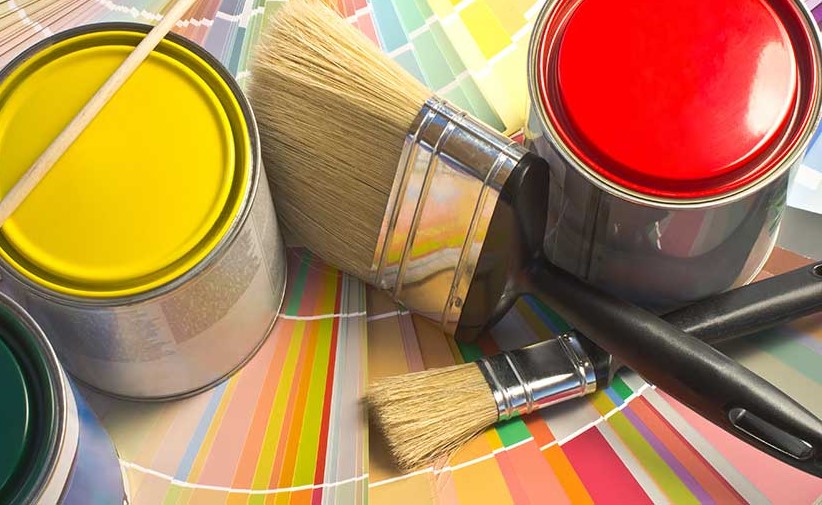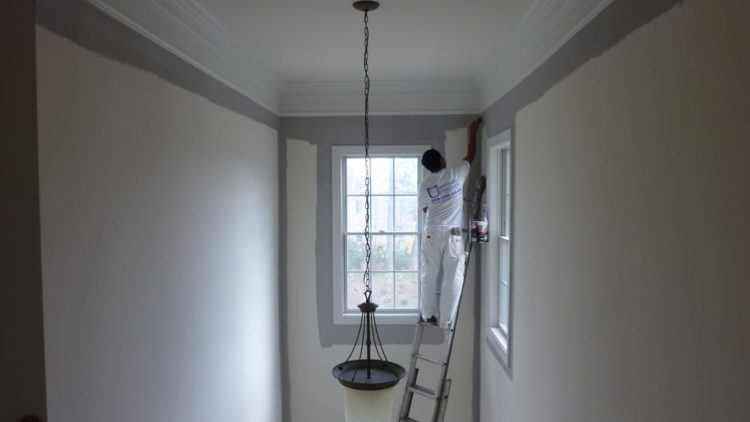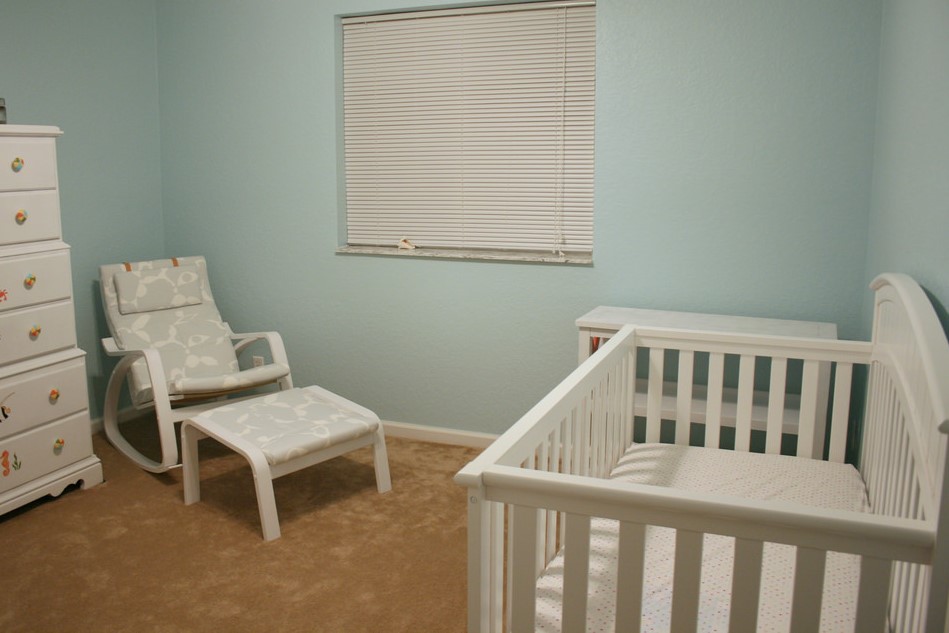Choosing A Paint Palette For Open Floor Plans
 Open concept floor plans continue to be a favorite among homebuyers. The flow from room to room creates a large, inviting space for friends and family to gather, and without walls separating rooms, the area feels larger and more spacious. However, the large space can present decorating challenges. How do you create a unified color scheme? Use too many colors and the space will feel chaotic and be visibly unappealing. Use too few colors and it may be boring.
Open concept floor plans continue to be a favorite among homebuyers. The flow from room to room creates a large, inviting space for friends and family to gather, and without walls separating rooms, the area feels larger and more spacious. However, the large space can present decorating challenges. How do you create a unified color scheme? Use too many colors and the space will feel chaotic and be visibly unappealing. Use too few colors and it may be boring.
One option is to create a palette using three to five colors. Five colors may sound like a lot, but the key is how each color is used throughout the space. Choose one neutral color: white, off-white, or eggshell are good choices. Next, select one or two other light colors, and finally, select one or two accent colors. Keep your choices within color families to create a sophisticated, professional appearance. Whichever colors you choose, be consistent when applying them to your rooms.
Use your neutral color as a base and apply to the majority of the space. The neutral color provides a blank canvas where you can add different accents, textures, and materials. Add interest to different areas of the space with an accent wall. Don’t be afraid to be bold. Remember, dark colors make objects recede, light colors make objects look bigger. Add color to the inside of a built-in bookcase, the wall over a fireplace, or an interesting architectural detail.
A three color palette is a simpler plan. Use one color for the walls, the second for the trim, and the third for the ceiling. Again, make sure colors coordinate to create a refined interior.
Tone-on-tone or monochromatic palettes offer more variety than you might think. Use different tones of the same color, either in one room or as a smooth transition between rooms. The different tones don’t have to come just from paint. Add wallpaper, stenciled designs, fabric, glass tile, etc. to create interest and texture.
Don’t forget that textiles and furniture are part of creating a cohesive space. If you’re a fan of hardwood floors, select a neutral that works well with your color palette and furniture style. Layer area rugs, architectural details, and artwork to create depth and add interest to your space.
University Painters expert technicians can help you develop the right color palette to create the mood that’s right for your home. Call us today for more information and to set up a free consultation.



 has the ability to make a room appear larger or smaller. The right colors can make even the smallest rooms seem bright and airy. By pairing bright hues with contrasting darker shades, you can instantly add space to your room.
has the ability to make a room appear larger or smaller. The right colors can make even the smallest rooms seem bright and airy. By pairing bright hues with contrasting darker shades, you can instantly add space to your room.